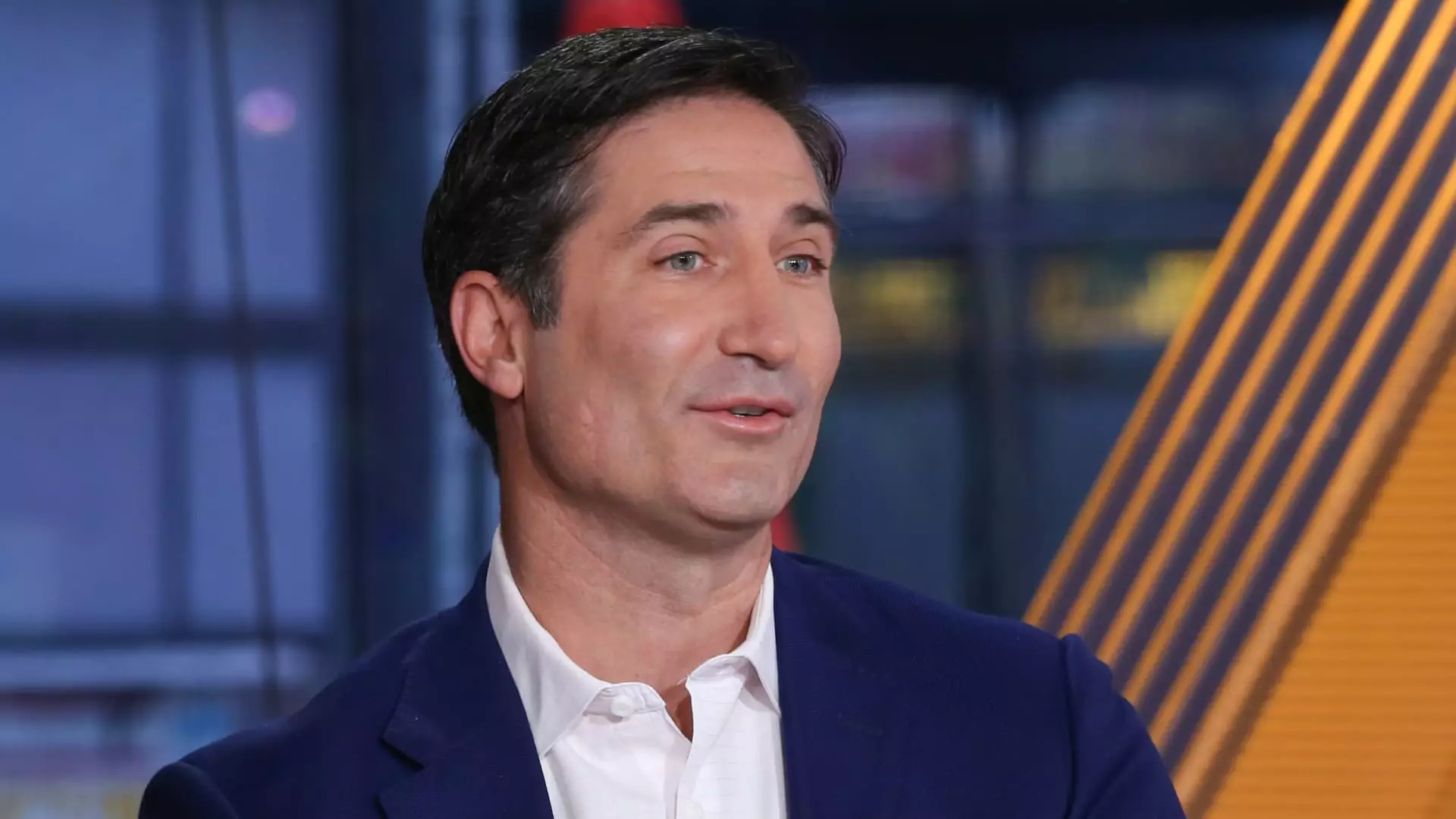Starbucks has experienced a notable decline in same-store sales for the past four quarters, as the coffee giant reported on Tuesday. This troubling trend underscores significant challenges within its U.S. business segment, which has struggled considerably over the last year. Nevertheless, despite the declining sales figures, the company managed to outperform Wall Street expectations with quarterly earnings and revenue. The latest report revealed earnings per share of 69 cents, exceeding analysts’ expectations of 67 cents, alongside total revenues of $9.4 billion compared to the anticipated $9.31 billion.
These figures suggest that while the core business is facing headwinds, operational efficiencies or market conditions might be allowing the company to remain profitable. In the same fiscal first-quarter report, Starbucks noted that its net income attributable to the company was $780.8 million, which is a decline from the previous year’s income of $1.02 billion. The unchanged net sales figure of $9.4 billion indicates that the company is experiencing stagnation rather than outright growth, which could raise concerns about its future trajectory.
Amid these reports, CEO Brian Niccol expressed confidence in the company’s new turnaround plan during a video update on Starbucks’ website. Niccol’s emphasis on making deliberate adjustments reflects an intention to regain the company’s footing in a market where consumer footfall has been waning. Notably, he mentioned initiatives such as the removal of additional fees for nondairy milk options and a more concentrated marketing focus on coffee products, both of which are aimed at enhancing customer experience.
These initial alterations have been designed to cultivate a positive customer response. Niccol’s approach underscores a strategic pivot back to the company’s roots, emphasizing core products and services that helped build Starbucks into a global coffee powerhouse. By refining its menu and ensuring more competitive pricing, especially in markets like China, it positions itself to wrestle back market share from growing competitors like Luckin Coffee.
Diving deeper, it’s crucial to examine the underlying factors influencing Starbucks’ sales decline. The latest figures indicate that same-store sales plummeted by 4%, largely due to an alarming 6% drop in customer traffic. This aligns with the trend that the U.S. market is facing growing competition and shifting consumer preferences that may no longer favor traditional coffee consumption.
In particular, the U.S. saw same-store sales decrease by 4%, with a staggering 8% traffic decline. The situation was mirrored in international markets, with same-store sales in China—a critical area for Starbucks—contracting by 6%. Such declines manifest not only in reduced customer visits but also in lower average spending per customer, which fell by 4%. The company’s pivot to offer more competitive pricing in regions like China highlights the ongoing pressures from rivals with lower price points, necessitating a reevaluation of Starbucks’ overall pricing strategy.
In light of ongoing challenges, Starbucks announced more caution in its growth strategy moving forward. The company has suspended its financial forecasts for fiscal 2025, reflecting a more conservative approach as it navigates its recovery plans. Reducing the number of new store openings and renovations reflects a strategic decision to redirect capital towards stabilizing the business rather than expanding too rapidly amid uncertain conditions.
Internal restructuring is also underway under Niccol’s leadership. By splitting the role of North American president into two distinct positions, the company aims to improve focus and accountability within its management. This restructuring could prove vital in ensuring that leadership is attuned to the specific needs of Starbucks’ U.S. market, especially as the company anticipates possible layoffs later this year.
While Starbucks showcases resilience in its financial performance amidst daunting challenges, the path to recovery will likely be complex and multifaceted. The company’s strategic refinements, operational adjustments, and corporate restructuring initiatives signal a commitment to reversing current trends. However, how effectively these changes translate into revitalized customer engagement and sales growth remains to be seen in the following quarters.

